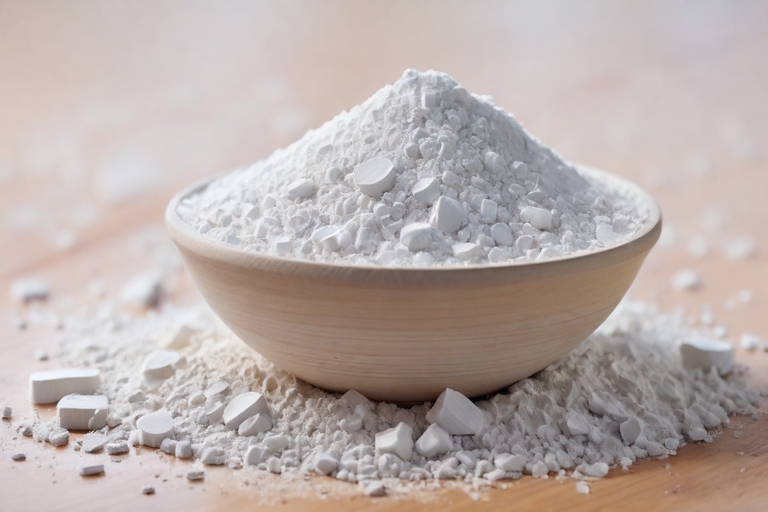Precipitated silica, due to its unique properties such as high heat resistance, chemical stability, and insulating properties, plays a crucial role in the production of heat-resistant materials. The following is an examination of the role of precipitated silica in various materials and its applications.
Precipitated Silica in Heat-Resistant Paints
- Increased Heat Resistance: Silica forms a protective layer on the surface, preventing color change and paint degradation at high temperatures.
- Improved Adhesion: Silica enhances the adhesion of the paint to the surface, preventing peeling.
- Increased UV Resistance: Silica protects the paint from UV degradation.
Precipitated Silica in Heat-Resistant Concrete
- Reduced Permeability: Silica fills the pores in concrete, reducing permeability and preventing the penetration of water and chemicals.
- Increased Resistance to Freeze-Thaw Cycles: Silica improves the concrete structure, increasing its resistance to freeze-thaw cycles.
- Improved Compressive and Tensile Strength: Silica increases the compressive and tensile strength of concrete.
Precipitated Silica in Other Heat-Resistant Materials
- Thermal Insulation: Due to its porous structure, silica is an excellent thermal insulator and is used in the production of insulation materials such as fiberglass and polyurethane foams.
- Refractory Materials: Silica is used in the production of refractory bricks and other refractory materials for use in furnaces and metallurgical industries.
- Engineering Plastics: Silica imparts heat resistance and flame resistance to engineering plastics.
Mechanism of Action of Precipitated Silica
- Creating a Thermal Barrier: Silica forms a thermal barrier, preventing heat transfer into the material.
- Strengthening the Material Structure: Silica strengthens the material structure, increasing its resistance to thermal stress.
- Reducing Thermal Expansion: Silica reduces the thermal expansion of the material, preventing cracking.
Applications of Heat-Resistant Materials Containing Silica
- Construction Industry: In the production of fire-resistant building materials, thermal insulation, and heat-resistant paints.
- Automotive Industry: In the production of automotive components exposed to high temperatures.
- Aerospace Industry: In the production of aircraft and satellite components.
- Electronics Industry: In the production of electronic components exposed to high temperatures.
Factors Affecting the Performance of Precipitated Silica
- Particle Size: The particle size of silica affects the final properties of the material.
- Purity: The purity of silica affects the mechanical and thermal properties of the material.
- Production Method: The production method of silica affects its structure and specific surface area.
In conclusion, precipitated silica, due to its unique properties, is a valuable additive in the production of heat-resistant materials. By improving the mechanical, thermal, and chemical properties of materials, it contributes to the expansion of their applications in various industries.
